
Starting June 1st, 2023 Our warehouse fee will be $0.65/cubic foot per month
In effort to lower the warehouse storage fee during inflation, we have went narrow aisle racking.This construction took us four months but the project is finally completed. With narrow aisle racking, we are able to drop storage by 24%.We as partners will go through this inflation together.
02/21/2024
The carrier of your choosing picks up and delivers your orders right to your customer's front door after you (or a 3PL) meticulously pick and box them. Easy enough, huh? Alright, not quite. An order's last-mile journey begins as soon as it is given to a courier, but your duty doesn't end there.
Almost every e-commerce order will pass through a carrier facility before reaching its ultimate destination, albeit the exact route taken by each package may differ. Understanding carrier facilities and their operations is essential for e-commerce enterprises since they have a direct impact on delivery and customer experience, which in turn affects your bottom line.
In this post, we'll define carrier facilities, address frequently asked questions concerning well-known carriers, and go over the advantages of real-time package tracking.
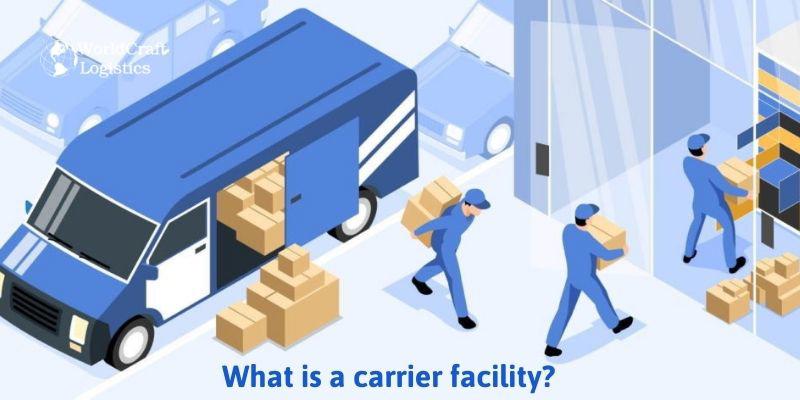
A big warehouse or distribution center that is owned and run by a carrier company that keeps packages intended for delivery within a certain area is known as a carrier facility.
After arriving at a carrier facility, packages are scanned, processed, and sorted before being either delivered to the end users or routed to another carrier facility. Depending on the area they cover, carrier facilities can range in size from vast to tiny.
It's critical to comprehend the operation of a carrier facility if your company closely collaborates with carriers to fulfill orders. These facilities are home to a multitude of operations, all of which need to be flawlessly coordinated in order for orders to reach the correct customers at the right time.
When trucks deliver packages meant for the towns and cities the facility serves, the sequence of events starts. The packages are delivered by the trucks to prearranged spots inside the facility, and each box is tracked there according to factors like its shipment route, destination area, or mode of transportation.
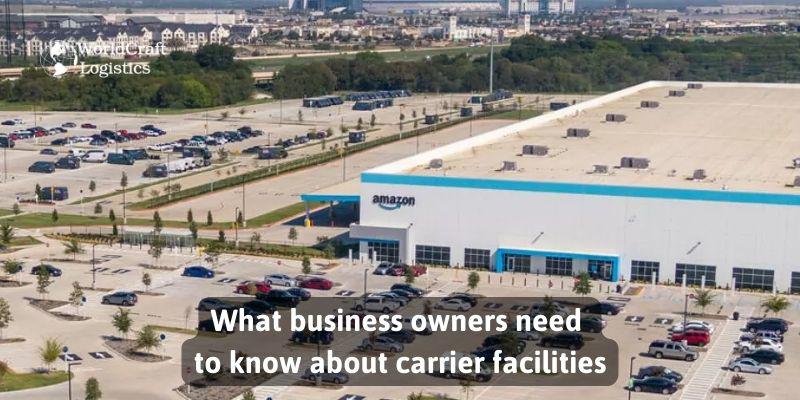
After being logged, packages are then assigned to particular storage locations according to the type of goods and sorted using the previously mentioned criteria.
Certain parcels, for instance, would need particular storage areas (such freezers, refrigerated rooms, or darkrooms); others might be designated for forwarding to an additional facility even nearer the destination; and yet others might just be moved from truck to truck with no storage at all.
Packages are then transferred onto other vehicles, such as delivery vans or trucks, in order to either finish the delivery or move them closer to the ultimate destination. Carrier facilities make sure that the right products are shipped to the right places and are properly stored during transit to avoid deterioration or damage through this well-organized operation.
A local courier facility is the delivery service provided by a few locally owned companies in the city. Bakeries, restaurants, clothes stores, court documents, print-on-demand services, and even prepared meal delivery from locations near you or your town will be among the smaller deliveries of these goods.
One of the fastest operating delivery services is local courier delivery, which boasts a quick operating time. The packages are expected to arrive within a condensed delivery timeframe.
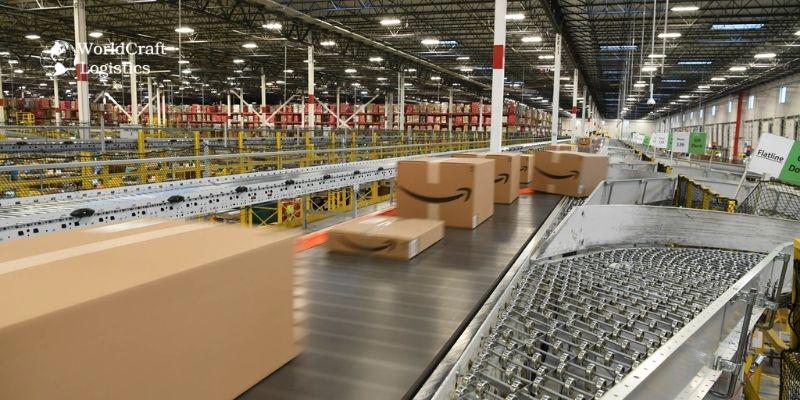
Although Amazon carrier facilities are not frequently seen, people in large cities occasionally will encounter this facility. Amazon has generated enough revenue to establish its own carrier facilities.
This is typically the warehouse where the item you buy is kept. Afterward, they either ship straight to you or, based on the size, location, and quantity of products, via a different carrier facility.
FedEx provides a vast array of services with correspondingly broad delivery windows. Whether you're shipping ground or overnight will affect how long it takes to arrive. Packages headed to a different business could arrive at a different time than shipments to residential addresses.
Most of the time, there is no set delivery time for FedEx Home delivery. FedEx Home Delivery, a FedEx Ground service, often delivers Monday through Friday at the close of business and is probably going to leave items until 8 p.m. On the other hand, parcels sent for evening home delivery reach their destinations between 5 and 8 p.m.
One of the most reliable carrier facilities is the USPS carrier facility, which is a part of the US Postal Service. More packages are delivered by the brown trucks than by FedEx. Because they are typically the most dependable and detail-oriented, they comprise the backend of post offices and are utilized as primary services.
Residential addresses will typically get UPS Ground packages between Monday through Friday from 9 a.m. to 7 p.m. On occasion, though, residential orders will arrive after 7 p.m. During business hours, shipments to business addresses will arrive. It is not possible to schedule a package to arrive at a specified time of day with UPS.
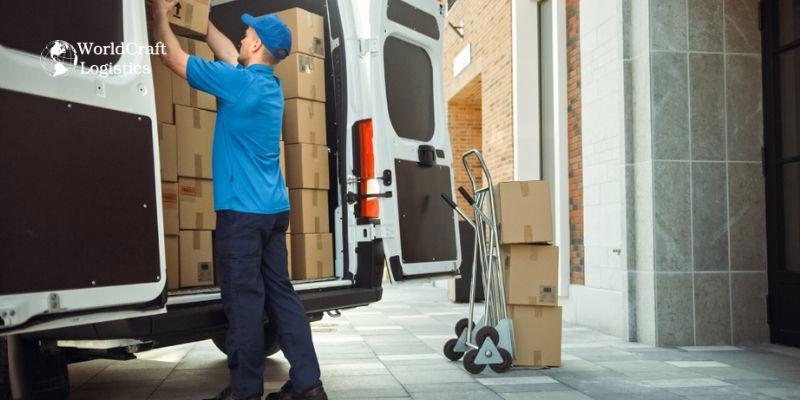
Online purchases trigger a procedure known as e-commerce fulfillment. Packages undergo a protracted, seemingly straightforward yet intricate process after they are ordered. It will travel through humans, computers, and robots before arriving at you. As a result, when you follow a shipment all the way to its destination, the carrier facility message makes more sense. This is how a normal delivery lifecycle looks like:
A series of steps culminate in the delivery of your package to your door when a digital order is entered into the system. You will receive the shipping now notification as soon as the seller receives your order, verifies your payment, and selects and packages the item or products.
The hub of e-commerce logistics is the fulfillment warehouse. Worldwide, there are numerous fulfillment facilities. This is where the journey starts - in these enormous warehouses where goods are kept until they are ordered.
When you place your order, the seller's system will determine whether the item or products are in the fulfillment center that is nearest to you. If not, it will eventually inform the facility that is most qualified to begin processing your purchase.
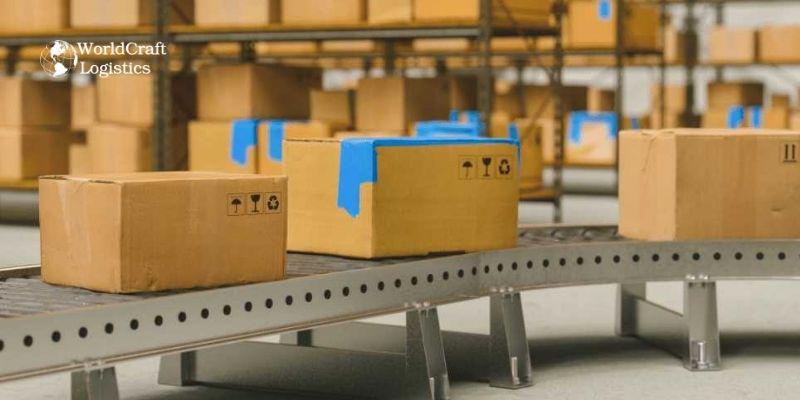
Your ordered item will be picked up from the warehouse after the fulfillment center has been located. After that, it will be delivered to a packaging station, which is usually found on the campus of the fulfillment center.
At the packing station, your item will be packaged and ready for shipping. Although a large number of people labor at these centers to ensure everything runs smoothly, the majority of this is automated.
Your item is prepared for shipping as soon as it is completely packed. There is a shipping area at every fulfillment center. On the same campus, your package travels from the packing to the shipping stations.
This is the point at which your package leaves for its destination. If you think that it will take any number of days from the time you place your purchase until the package arrives at this location, you are mistaken.
Usually, priority and expedited delivery occur on the same day as the order. But it can take days or even weeks for a lot of other things to reach this stage. People who don't live in cities will always have to wait longer to receive their deliveries.
Depending on your distance, the trip from the shipping point to the fulfillment center will vary.
A distribution center is the first place your package goes after it leaves the fulfillment center. Packages are sorted here in order to be dispatched successfully to their destination. Almost every fulfillment center is near a distribution center.
Most of the distribution centers that handle goods for e-commerce giants like Amazon and Flipkart are run by these companies. Nonetheless, a lot of goods are still delivered by well-known courier services like UPS or FedEx.
From the fulfillment facility, a package can move directly to a carrier fulfillment center. That being said, a distribution facility receives your package initially in most situations. Your item may pass through several distribution hubs before it reaches the next journey segment, depending on the path taken by your delivery.
After passing through each distribution location, your product will arrive at the carrier fulfillment facility. This can happen the same day if you live close to a fulfillment center, and it may take weeks for overseas delivery to reach this stage.
Carrier facilities are typically located considerably closer to you than large distribution centers. Thus, in most circumstances, your shipment shouldn't be farther than 100 miles from you when it first arrives at a carrier facility.
Packages may occasionally remain unopened at these locations for a while. This is as a result of their priority-based delivery scheduling. Therefore, your product may need to wait in line before it leaves this facility if it is not a priority delivery.
When all goes according to plan, your shipment arrives at the carrier facility nearest to you, and you receive the notification "arrived at carrier facility."
A courier picks up the package at the final carrier facility and delivers it right to your door. This last courier may work for USPS, FedEx, UPS, or any number of other delivery firms. They may even be an Amazon or Flipkart delivery driver.
You should receive information that the product is "out for delivery" when it departs the last carrier facility. At that point, it will proceed directly to your home.
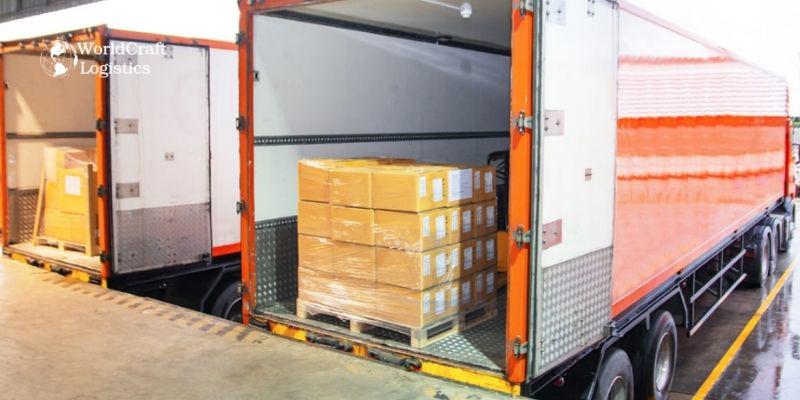
It's easy to believe that your work as an e-commerce business ends when an item is delivered to the carrier because there are so many other things to manage. But even after the shipment departs your fulfillment center, it is imperative that you remain involved.
These are a handful of the explanations for why real-time parcel tracking is important for e-commerce companies.
You may determine how long it will take an item to arrive at its destination by tracking and reporting on individual shipments.
By using these data, you can plan your production and procurement timetables as well as your shipment plans in advance, ensuring that the supply chain runs more smoothly and boosting efficiency through improved logistical procedures.
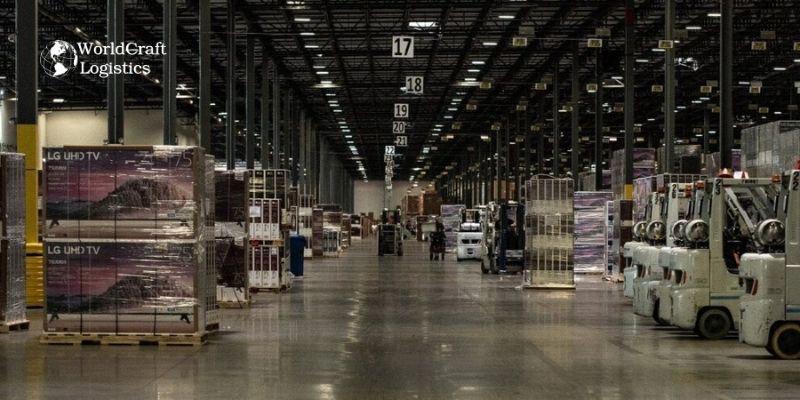
You may identify problems early on and take prompt action if you always know the precise location of packages and how they are traveling. For instance, you can send a replacement item right away if it appears to be lost in transit rather than waiting for the customer to get in touch.
Being responsive in this way is essential to keeping consumers informed and satisfied as well as ensuring that packages reach their destinations on schedule.
Ensuring quality from your e-commerce fulfillment center to the customer's doorstep requires real-time tracking. You can identify any damage sustained during transit and hold the appropriate party accountable by tracking the package at every stop.
This facilitates the identification of indicators of dishonesty, misconduct, and subpar service. As a result, you are in a better position to decide whether to continue working with your current partners or find new ones.
Customers have a better experience with your brand when you can remain on schedule, reduce delays, and prevent damage during transportation with the aid of real-time tracking.
Customers like (and demand) a flawless delivery experience that includes tracking and order status updates; therefore, if your business can supply all of this, customers are more likely to make more purchases and refer others to you.
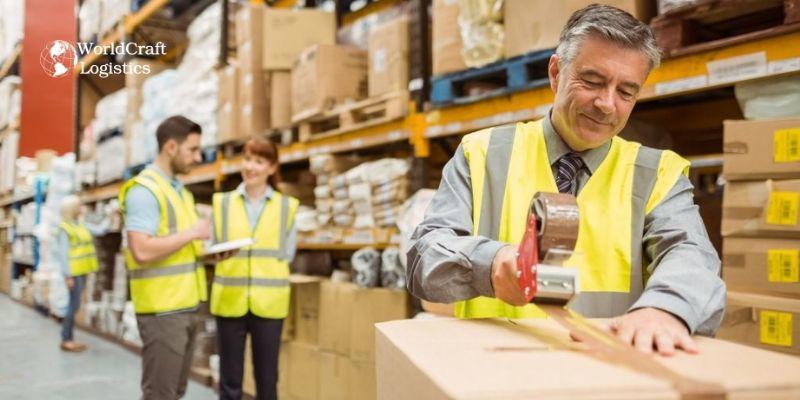
There are some common terms used, even though tracking statuses and their meanings differ from carrier to carrier. To better understand how your items are being handled by a carrier facility, below are some definitions of important phrases.
That order might have "arrived at carrier facility," which could be the package distribution center nearest to your residence, according to the message you got. If so, it will be loaded into a delivery truck and driven directly to your house as the next stage of its journey.
But as was already said, some packages make stops at several carrier locations. Consequently, the message "Arrived at carrier facility" may merely indicate that your order has finished a portion of its multi-leg journey.
It's possible that a package that has left the carrier facility is on its way to you. However, this could also mean that it's in transit again and that it will take a day or longer to get to you.
Your package may arrive at a carrier facility if you're following a highly anticipated online order. After that, it might just sit there for a few days at a time. This could indicate that there is a backlog in getting boxes onto vehicles for delivery since the delivery service is overloaded with them. A scarcity of delivery vehicles or drivers may potentially be the root of the congestion. Delivery times may increase during periods of high shipment volume, such as the holidays, since the system may not be able to handle the volume of boxes being transported.
Along with switching from Fulfillment by Amazon to its own delivery truck fleet, Amazon has expanded its carrier facilities. One of the biggest and most advanced logistics networks in the world is operated by Amazon. It efficiently moves products and orders by utilizing cutting-edge technologies.
In the US, Amazon maintains warehouses in close proximity to numerous major cities. As a result, your Amazon order can arrive at your door directly from the warehouse without stopping at a transportation facility. Because of this, Amazon is able to offer same-day or sometimes even next-day delivery.
It's tempting to go pick up your item if it's stuck in a carrier facility close to your house. You are unable to, regrettably. These package delivery hubs are industrial locations, not intended for public use. You are unable to pick up your box even if you manage to go to the warehouse. The layout of these facilities makes it difficult for workers to locate a single package among the thousands of goods that are passing through the warehouse.
Even though you are unable to pick up your package at the carrier facility, you might be able to arrange for it to be held for pickup. You can pick up a box at the post office from USPS. Packages can be picked up and dropped off at UPS and FedEx's retail locations. If you would prefer not to have it delivered to your door, shipping companies in certain cities employ secure drop facilities.
By getting in touch with the carrier, you may frequently schedule a pickup or a different delivery address. But by the time it's on the truck and on its way to your door, it's probably too late.
It's not just customers that need to monitor eCommerce deliveries. For the purpose of assisting clients with troubleshooting, your eCommerce firm must be able to locate parcels. If you want to know how long it takes for your orders to reach your clients, you may also wish to run a report using tracking data. This may help you find strategies to enhance your logistics processes, such opening more warehouses to route your products through fewer shipping zones.
SEO
Digital Marketing/SEO Specialist
Simon Mang is an SEO and Digital Marketing expert at Wordcraft Logistics. With many years of experience in the field of digital marketing, he has shaped and built strategies to effectively promote Wordcraft Logistics' online presence. With a deep understanding of the logistics industry, I have shared more than 500 specialized articles on many different topics.

Education
01/05/2025

Education
02/18/2025

Education
01/01/2024

Education
08/28/2024
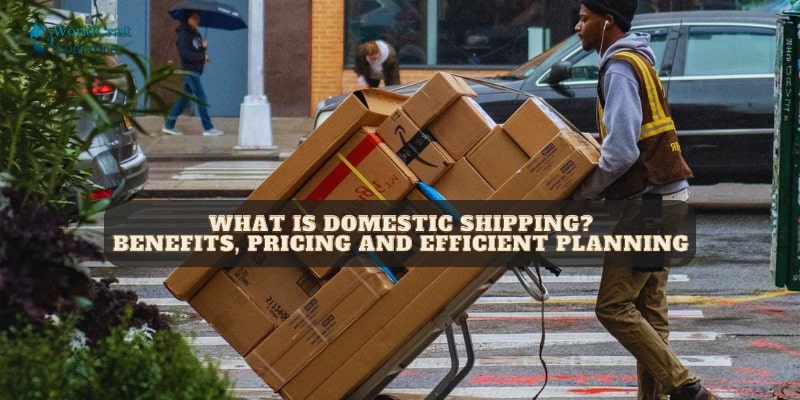
Education
11/13/2023